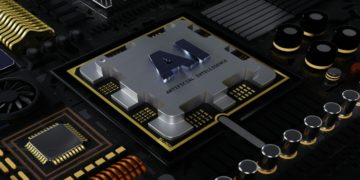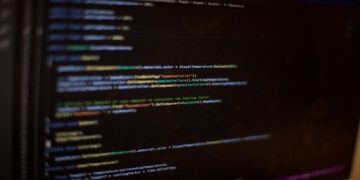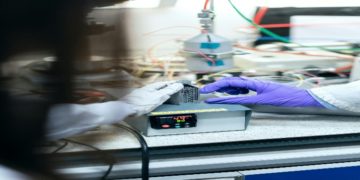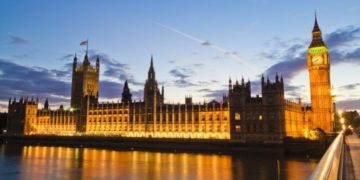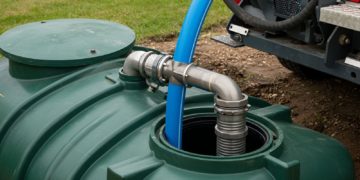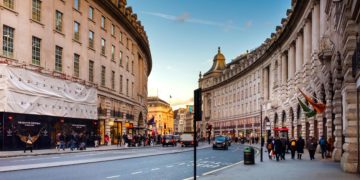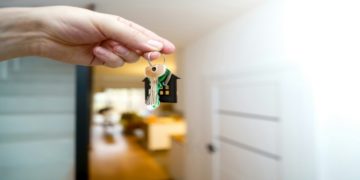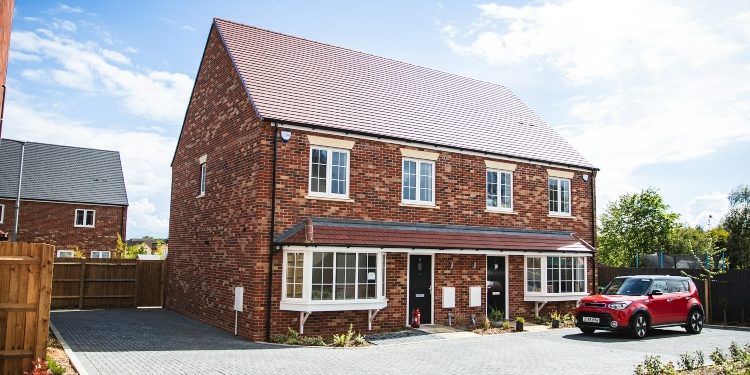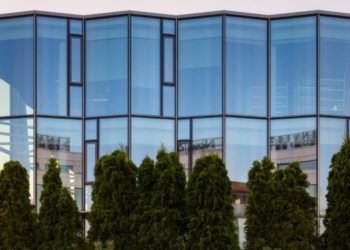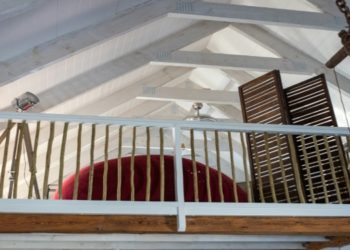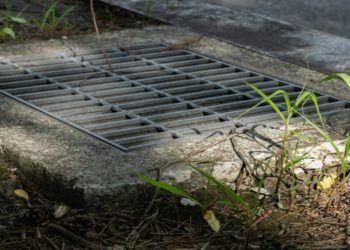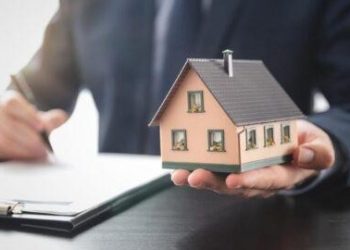Maintaining a building is essential for preserving its structural integrity, ensuring the safety of occupants, and prolonging its lifespan. From routine inspections to preventive maintenance tasks, here’s a comprehensive guide to the necessary maintenance for your building:
Regular Inspections
Regular inspections of both the exterior and interior of the building are imperative to promptly identify any signs of damage, wear, or potential hazards. During these inspections, thorough examinations of roofing, walls, windows, doors, floors, ceilings, and other structural elements should be conducted to detect any issues such as cracks, leaks, mold growth, or deterioration. By diligently inspecting these components, you can identify problems in their early stages, allowing for timely intervention and remediation to prevent further damage and ensure the continued safety and integrity of the building for its occupants.
HVAC System Maintenance
Ensure the optimal performance and maintain high energy efficiency of your heating, ventilation, and air conditioning (HVAC) system by scheduling routine maintenance. You should look for a FCU service for regular maintenance to ensure everything runs as efficiently as possible. Replace air filters, clean ducts, inspect and lubricate mechanical components, and check for leaks or damage.
Plumbing System Checks
In addition to structural elements, it’s crucial to inspect plumbing fixtures, pipes, and drainage systems for any signs of leaks, clogs, or corrosion. Regular checks should include testing water pressure and vigilantly searching for any indications of water damage. Consider implementing educational signage to inform employees about water damage prevention measures if it’s a particular concern. Promptly addressing any plumbing issues is essential to prevent costly repairs or water-related damage that could compromise the building’s integrity and disrupt daily operations. Proactive maintenance in this area ensures the smooth functioning of plumbing systems and contributes to a safe and efficient building environment.
Electrical System Maintenance
Conduct regular inspections of the electrical system, assessing wiring, outlets, switches, and circuit breakers for any indications of wear, damage, or potential fire hazards. Additionally, test smoke detectors, carbon monoxide detectors, and emergency lighting systems to verify their proper functioning.
Fire Safety Inspections
Incorporate annual fire safety inspections into your building maintenance schedule to ensure compliance with building codes and regulations. During these inspections, thoroughly examine fire alarms, extinguishers, sprinkler systems, and emergency exits to verify their functionality and accessibility. Additionally, conduct regular fire drills to educate occupants on evacuation procedures and familiarize them with emergency protocols. By proactively addressing fire safety measures, you not only ensure the safety and well-being of occupants but also demonstrate a commitment to compliance and preparedness in the event of an emergency. These efforts contribute to a safer building environment and help mitigate the potential risks associated with fire hazards.
Elevator Maintenance
For buildings equipped with elevators, it’s crucial to schedule regular maintenance and safety inspections to guarantee their safe and efficient operation. Conduct thorough inspections of elevator shafts, doors, controls, and safety mechanisms to identify any potential issues or malfunctions. To ensure comprehensive maintenance, enlist the expertise of professional elevator maintenance companies that specialize in elevator servicing and safety standards. Regular inspections by qualified professionals can detect and address concerns promptly, minimizing the risk of malfunctions or accidents. By prioritizing elevator maintenance, you not only uphold the safety of occupants but also maintain the smooth functioning of essential building amenities, enhancing overall operational efficiency and occupant satisfaction.
Roof Maintenance
Regular roof inspections are essential to identify signs of damage, leaks, or decay promptly. It’s crucial to conduct thorough examinations and address any issues to prevent further deterioration and ensure the longevity of the roof. Additionally, routine maintenance tasks such as debris removal, gutter cleaning, and downspout clearing help prevent water buildup and ice dams, which can lead to water damage if left unchecked. Trimming overhanging branches near the roof can further mitigate potential risks and prolong the roof’s lifespan. By implementing these proactive measures, you can protect your building from costly repairs and maintain a secure and durable roofing system.
Exterior Maintenance
Regular maintenance of the building’s exterior is essential to preserve its appearance and structural integrity. This includes cleaning, painting, or repairing surfaces as needed to prevent deterioration and enhance curb appeal. Thoroughly inspect exterior walls, siding, trim, and finishes for any signs of damage, such as cracks, peeling paint, or rot. Addressing these issues promptly helps prevent further deterioration and protects the building from environmental damage. By maintaining the exterior of the building, you not only uphold its aesthetic appeal but also safeguard its structural integrity, prolonging its lifespan and reducing the need for costly repairs in the future.
Landscaping and Groundskeeping
Regular maintenance of landscaping and outdoor areas is essential to create an inviting and safe environment. This involves tasks such as trimming trees and shrubs, mowing lawns, and removing weeds to enhance curb appeal and prevent overgrowth. Additionally, repair or replace walkways, driveways, and parking lots as needed to ensure safety and accessibility for occupants and visitors. By maintaining outdoor spaces, you not only improve the overall appearance of the property but also mitigate potential hazards, creating a welcoming and functional exterior environment.
Pest Control
Implement pest control to prevent infestations and protect the building from damage. Inspect for signs of pests such as insects, rodents, or birds, and take proactive measures such as sealing entry points, removing food sources, and using pest deterrents to control populations.
Structural Repairs
Promptly attend to any structural concerns or damages to prevent their exacerbation and safeguard the safety of occupants. Collaborate with structural engineers or contractors to evaluate the scope of the damage and devise a strategy for necessary repairs or reinforcements.
Emergency Preparedness
Develop and maintain an emergency preparedness plan to respond effectively to emergencies such as fires, natural disasters, or other crises. Train staff on emergency procedures, establish communication protocols and maintain emergency supplies and equipment to ensure a timely and coordinated response.
Documentation and Record-Keeping
Keep detailed records of maintenance activities, inspections, repairs, and service contracts to track the condition of the building and comply with regulatory requirements. Maintain documentation in a centralized system for easy access and reference.
Budget Planning
Allocate sufficient funds in the budget for ongoing maintenance and repairs to ensure the building remains in good condition and complies with regulatory requirements. Prioritize maintenance tasks based on urgency, impact on safety, and cost-effectiveness to maximize resources and minimize risks.
By establishing a thorough maintenance regimen comprising routine inspections, preventive maintenance assignments, and swift repairs, you can safeguard the safety, efficiency, and durability of your building. This proactive approach not only safeguards your investment but also fosters the comfort and well-being of occupants while simultaneously promoting a positive and sustainable built environment.
David Prior
David Prior is the editor of Today News, responsible for the overall editorial strategy. He is an NCTJ-qualified journalist with over 20 years’ experience, and is also editor of the award-winning hyperlocal news title Altrincham Today. His LinkedIn profile is here.


